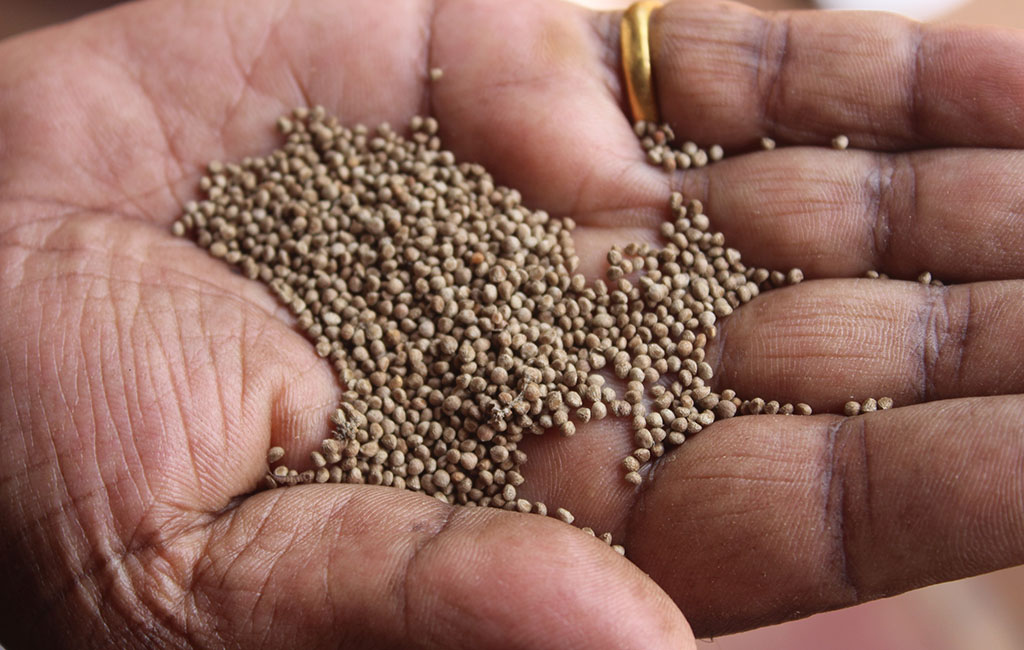I was worried that we were losing our traditional seeds, which are precious.
Hybrid seeds are expensive. And they need expensive fertilizers, insecticides and pesticides. Over time your land turns lifeless.
On the other hand, traditional seeds need less water. Farmyard manure is enough to give a bumper yield. And it has a longer shelf life.
Traditionally women in our community have been preserving seeds. So, I thought it’s our responsibility to conserve it. I convinced them to work with me to save our traditional seed diversity.
But the men were sceptical. “Who will pay a good price for these crops?” they asked.
You see, millets are often considered as Adivasi (tribal) or poor man’s food. It fetches low market price.
I told them about the cultural and spiritual connection to our traditional seeds and how it is healthier, to convince them.





